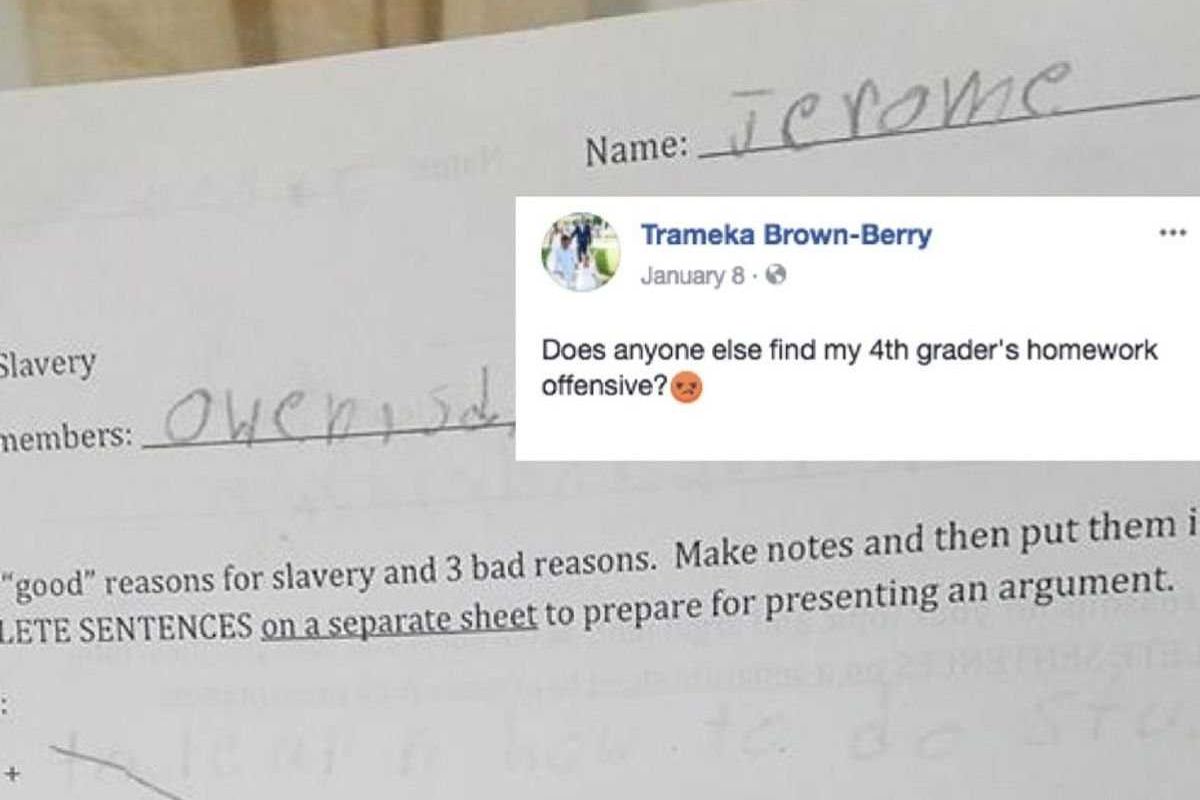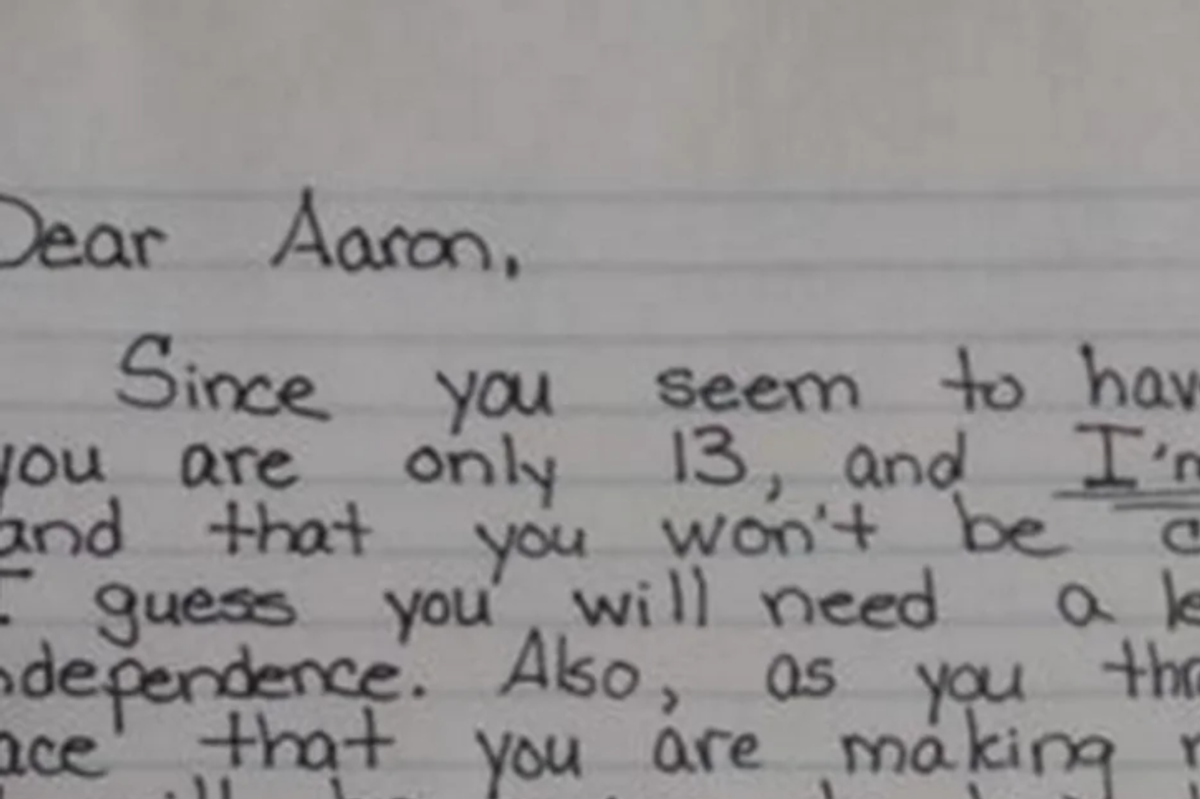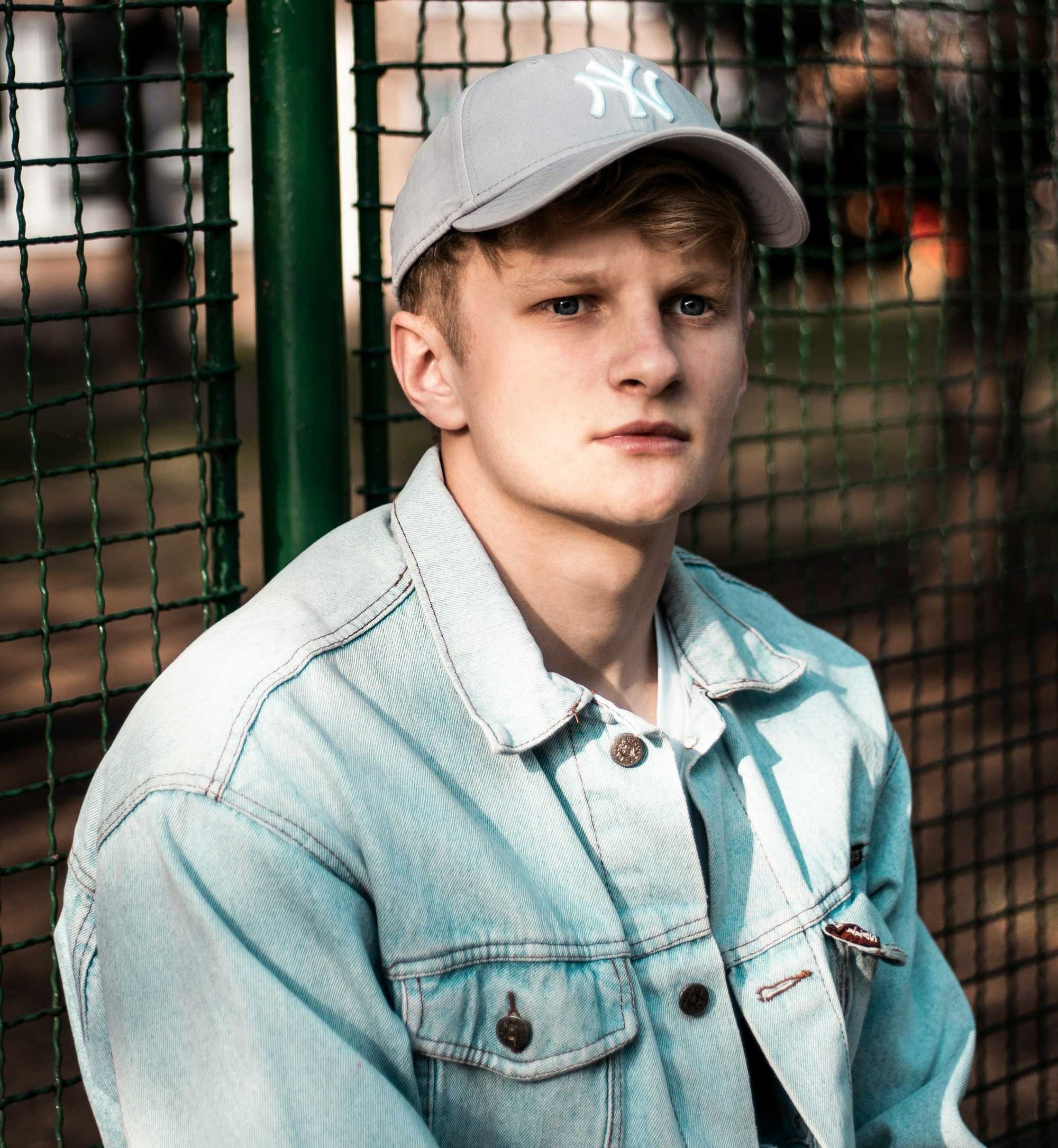For the first time ever, refugees will make up an entire team at the Olympic Games.
When their small inflatable raft began taking on water, sisters Sarah and Ysra Mardini knew they'd have to jump overboard.
It was their second attempt to travel by sea from Turkey to Greece. The Turkish Coast Guard turned their first boat around. This time, they boarded a dinghy, pushed to its limits with 20 other Syrian refugees and all of their possessions.
A dinghy similar to the one the Mardini sisters boarded in Turkey to cross the Aegean Sea. Photo by Bulent Kilic/AFP/Getty Images.
Strong swimmers, Sarah and Ysra knew they could make it to land if they had to, so they jumped out of the boat, giving the remaining passengers on board a shot at survival.
For three hours, they held tight to the dinghy's ropes as it made its way toward the Greek Island of Lesbos. After arriving, they traveled on land to Austria, then to Germany where they're currently seeking asylum. Oh, and training for the Olympics.
Sarah and Ysra are two of the many refugees training for the summer games in Rio de Janeiro—the first time refugees will have the chance to compete together.
Last fall, International Olympic Committee President Thomas Bach announced that the IOC had begun the process of identifying athletes living in forced displacement with potential to qualify for the Olympic Games. Many will receive scholarships and other support to assist in their training. And this summer, a team of refugee-athletes will compete under the Olympic flag in the Olympic Games in Rio.
IOC President Thomas Bach plays soccer with refugees at the Open Reception Centre in Athens. Photo by Aris Messinis/AFP/Getty Images.
It's not the first time the IOC has stepped in to support athletes without home nations or Olympic committees.
Athletes from South Sudan and East Timor competed under the flag in 2012 and 2000 respectively. And due to UN sanctions, competitors from a then-splintered Yugoslavia competed in a similar manner in 1992.
However, this is the first time refugee-athletes from multiple nations will compete together under the Olympic Flag.
Independent Olympic Participant Guor Marial from South Sudan at the London Games in 2012. Photo by Saeed Khan/AFP/GettyImages.
Athletes from around the world hope to compete for a spot on the small team.
Bach expects five to 10 refugee-athletes will qualify for the games.
Russian Olympic medalists hold the Olympic torch during the Opening Ceremony of the Sochi Winter Olympics. Photo by Alberto Pizzoli/AFP/Getty Images.
Meet a few of the few athletes hoping to make the cut:
Sarah and Ysra Madrini — swimming, from Syria
Sarah, 20, and Ysra, 17, were competitive swimmers back in Syria, but the conflict dashed their hopes.
Shortly after arriving in Berlin, a local charity put the sisters in touch with a swimming club and the young women are back in training under the guidance of a coach.
Popole Misenga and Yolande Mabika — judo, from the Democratic Republic of the Congo
During the 2013 Judo World Championships in Rio De Janeiro, Misenga and Mabika put everything on the line and made a risky bid for asylum. They didn't speak Portuguese and had no knowledge of asylum laws, but they knew this was their only chance to flee cruel national coaches and a country locked in a brutal conflict that left more than 5 million people dead.
"I’ve seen too much war, too much death," Misenga told The Guardian. "I do not want to get into that. I want to stay clean so I can do my sport."
Focusing on judo and the upcoming games helps these athletes cope with the challenge of starting over in an unfamiliar and unforgiving place. The duo live in poverty, Misenga trains with sneakers he found in the trash. Mabika travels two-and-a-half hours each way to training sessions. But they won't give up, not when they're this close.
"If we compete in the Olympics, our lives could change," Mabika said.
Yolande Mabika (second from left) and Popole Misenga (right). Image via The Guardian/YouTube.
William Kopati — track and field, from Central African Republic
William Kopati, 22, was an accomplished long jumper and high jumper in the Central African Republic. But when militants attacked his home in 2013, Kopati was forced to flee. He now resides at the Mole Refugee Camp. Since the conflict in CAR began in 2013, the camp has welcomed more than 20,000 refugees, a small fraction of the 800,000 who've been displaced by rebel groups.
Though Kopati has shelter and a safe place to sleep, he’s without the equipment and training facilities he needs to pursue his dream. But that hasn’t stopped him from trying.
"My first dream is to continue with athletics," Kopati told CNN. "I love it so much, but I had to abandon it because of the situation in my country."
William Kopati is a refugee athlete. The 22-year-old is a high jumper and long jumper. He was the Central African Republic’s national champion in 2009. But then the war came, and he was forced to flee in late March 2013, when militants attacked the house where he was living. Read more: https://cnn.it/1WKSpFw (Photo: UNHCR/Brian Sokol/RF1CT29) #refugees#highjump #longjump#centralafricanrepublic
A photo posted by CNN Africa (@cnnafrica) on
Displacement is at an all-time high, and diversions like sports can do a world of good.
By the end of 2014, nearly 60 million people were forcibly displaced and sought refuge elsewhere, up from 37.5 million people in 2005. While sports may not bring an end to the strife and conflicts waged the world over, for athletes and spectators, it can provide a welcome diversion from the stress and unease that comes with crises.
"Sport can heal many wounds, " IOC Honorary President Jacques Rogge said. "Sport can bring them hope, can help to forge their ideas and to integrate in society. Ultimately it brings them hope and dreams. Sport is not the solution but it can make a great contribution.”
Syrian refugees play soccer in the Al-Azraq Refugee Camp in Jordan. Photo by Jordan Pix/Getty Images.




 Family moving into a new home.
Family moving into a new home.  Driving Road Trip GIF by Rosen Hotels & Resorts
Driving Road Trip GIF by Rosen Hotels & Resorts 
 Baby boomers are a fascinating and endearing group.
Baby boomers are a fascinating and endearing group.  An average boomer's basement. Photo by
An average boomer's basement. Photo by  They love to scare their adult children with dramatic texts.
They love to scare their adult children with dramatic texts.  Boomers love to talk about random people who have died, and large-scale tragedies.
Boomers love to talk about random people who have died, and large-scale tragedies.  Boomers love staying at home for no good reason.
Boomers love staying at home for no good reason.  If it can't be held in their hand, they don't trust it.
If it can't be held in their hand, they don't trust it.  They'll keep food for way, way too long.
They'll keep food for way, way too long.  They still hold onto outdated gender stereotypes. Photo by
They still hold onto outdated gender stereotypes. Photo by  This is the generation that invented TV as background noise.
This is the generation that invented TV as background noise.  They love intensely tracking a thunderstorm via The Weather Channel
They love intensely tracking a thunderstorm via The Weather Channel 
 "
"
 Teaching teenagers about real-life consequences isn't easy. Photo by
Teaching teenagers about real-life consequences isn't easy. Photo by  Kids need to be reminded, sometimes, of how much they still depend on mom. Photo by
Kids need to be reminded, sometimes, of how much they still depend on mom. Photo by